History, exotics and luxury – Bodrum and Marmaris: What do we need to know before our vacation?
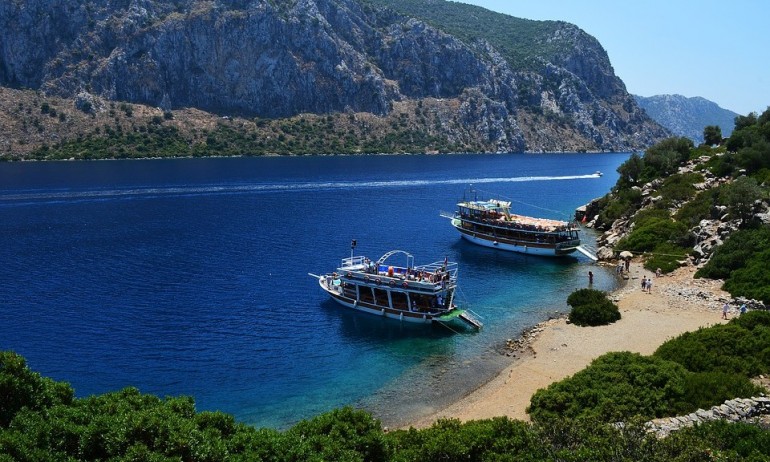
Between the azure beaches and the picturesque mountains, the oriental culture and the modern European style, the luxury of the 5-star hotels and the mystical beauty of the ancient cities’ ruins – that is where you will find Bodrum and Marmaris – one of the most attractive tourist destinations in Aegean Turkey. An unforgettable cross-cultural encounter between the East and the West, which would satisfy not only those, who love beach relaxation, spa tourism, nature or night life, but also those who prefer free diving deep within cultural and historical landmarks. The choice is not small, and the offer is tempting. But before hurry and get lost in this colorful mixture of modern exotics, Tribune.bg suggests that you learn some basic things, which would be useful for your upcoming trip.
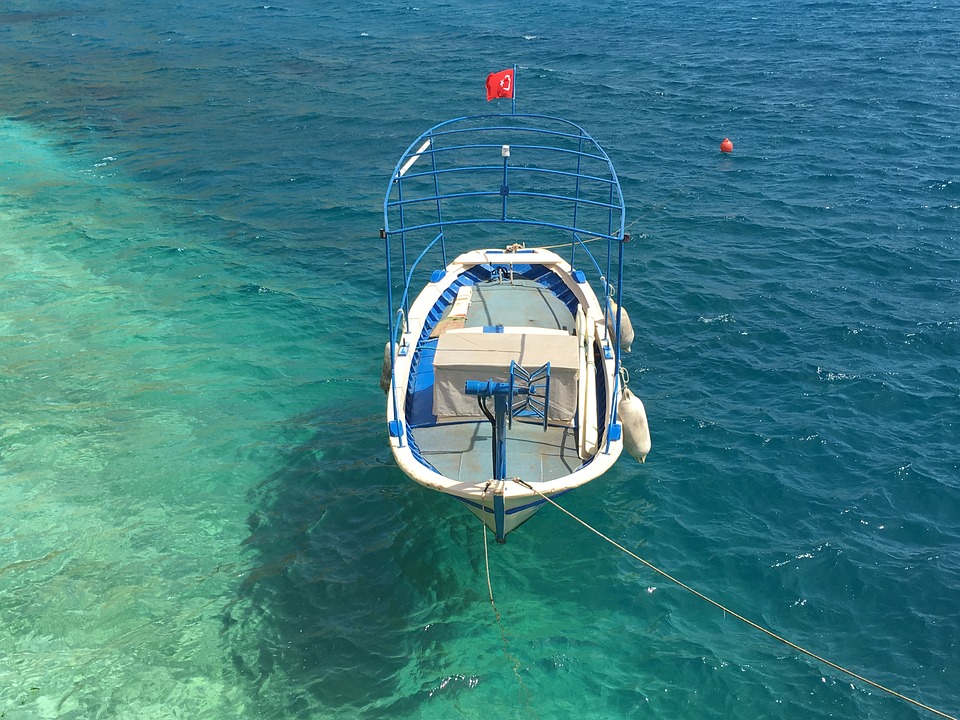 pixabay
pixabay
WHERE ARE BODRUM AND MARMARIS LOCATED AND HOW TO GET THERE?
Bodrum and Marmaris are among one of the busiest port cities of the Aegean Turkish coast. Both of them are part of the Mugla province, where some of Turkey’s largest holiday resorts are also located. The 2 international airports attract people from all over the world. Therefore, besides trying the incredible taste of the modern exotics, you will have the opportunity to encounter a flowing crowd of different nationalities. However, this part of Aegean Turkey is found very charming by Turks themselves, who love spending their vacations there.
Bodrum is located on the peninsula of the same name, which consists of the main town and many surrounding coastal resorts such as Yalikavak and Turgutreis. The town is located on the northwest coast of Gokova bay, just across the Greek island of Kos. Marmaris is located about 108 km southeast of it, just where the waters of the Aegean Sea meet those of the Mediterranean! The water is crystal clear and the mountain slopes are covered with pine forests.
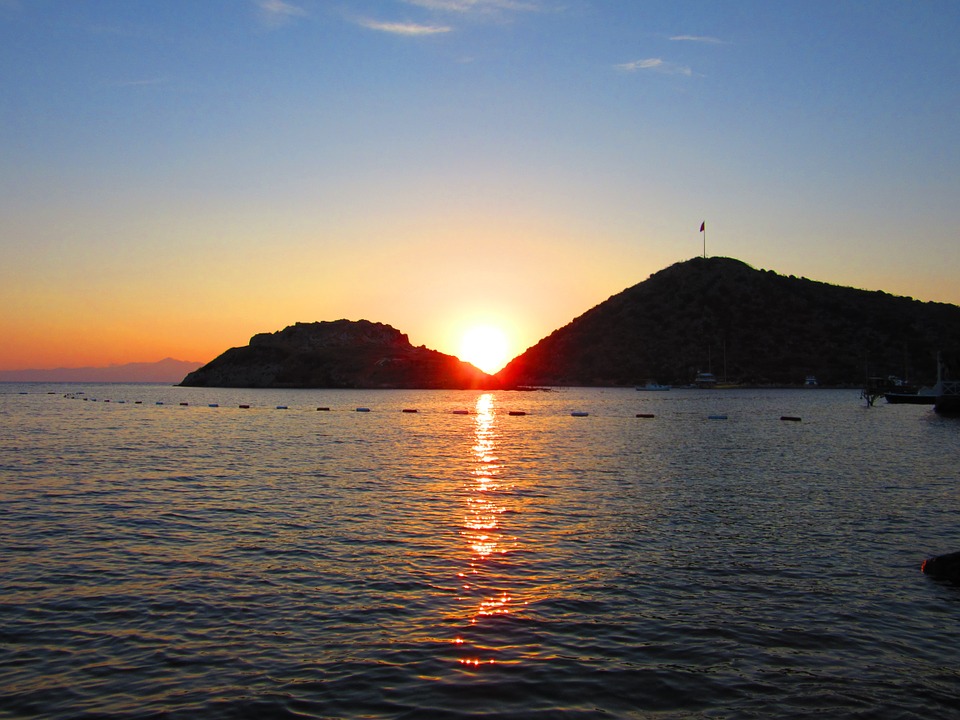 pixabay
pixabay
A LITTLE BIT OF HISTORY:
Both Bodrum and Marmaris are full of history… We may even say that Bodrum is the birthplace of history! Why? Well, because it is where the father of history was born. And yes – we are talking about Herodotus himself. There we can also find one of the Seven Wonders of the Ancient World - The Mausoleum in Halicarnassus, which was built in 353 - 351 BC for Mausolus, a satrap of Karya. In fact, the widely used word "mausoleum" for a special kind of tomb, in which the living worship the embalmed body of burial, comes exactly from the name of Mausolus.
And where does the name of Bodrum come from? When in the distant 1402 The Ottoman Empire was shaken after the heavy defeat in the Battle of Ankara, Knights Hospitallers of the Order of Sts. John did not fail to take advantage of the case. They built a strong fortress on one of the shores of the bay and gave it the name "St. Peter". Interestingly, it was built using the stones just from the Mausoleum, which unfortunately failed to withstand a devastating earthquake from the 13th century. Subsequently, the new fortress became one of the most important military centers of the knights, along with those of the islands of Rhodes and Kos.
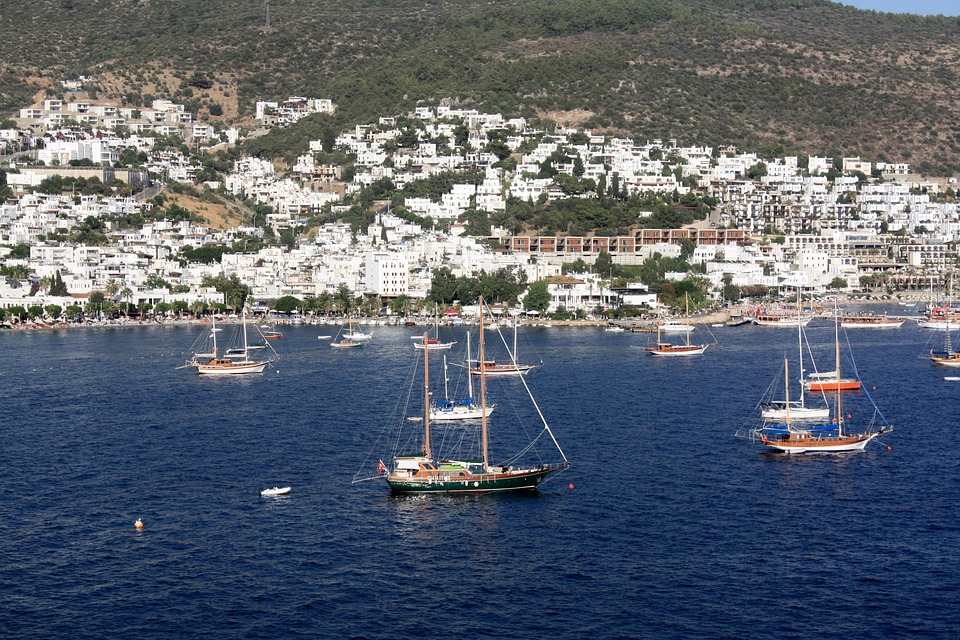 pixabay
pixabay
120 years later, however, Suleiman the Magnificent, the sultan of the Ottoman Empire of that time conquered back the lands of the Rhodes Island together with Bodrum and the fortress "St. Peter ". Thus, the name of the fortress - Petreum in Latin - was transformed by the Ottomans into Bodrum and became the official name of the city.
At the end of the 19th and the beginning of the 20th century, the fortress was used as a prison. It became a part of the Bulgarian history too, as during that period a number of Bulgarians were sent there on an exile - ecclesiastical and revolutionary figures, among whom Hristo Tatarchev, Damyan Gruev, Pere Toshev, Hristo Matov, Yosif Daskalov and others. The Bodrum fortress was also part of the original title of Peyo Yavorov's poem “Exiles” ("Towards Podumkale"). At the time of the WWI, it was partially destroyed and after that abandoned, but a restoration operation was triggered in the 1960s, and today thousands of tourists can enjoy the structure again.
Regarding Marmaris – it has not yet been fully elucidated when it appeared, but archaeological evidence suggests that by the 6th century BC the settlement was known as Fiskos, part of Karya. Yet, according to Herodotus, the first fortress walls were already built in 3000 BC. In 334 BC, the Marmaris Palace, along with all of Karia, was captured by Alexander the Great. The city was part of both the Roman and Byzantine Empires. Marmaris began this way during the Belacy Period, as its name derives from the Turkish word for marble mermer and the ancient Greek marble (mármaron).
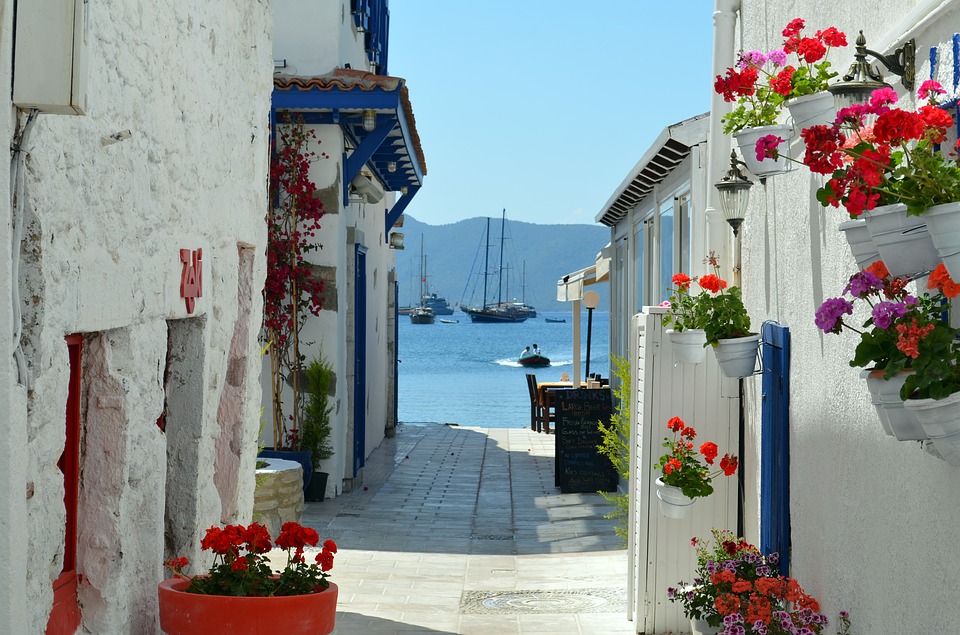 pixabay
pixabay
In the 15th century, fierce battles took place over the city and the nearby Dodecanese islands. Suleiman Magnificent intervened here too, as in 1522 he restored the Marmaris Castle. Thanks to the Ministry of Culture, today the fortress functions as a museum and has seven galleries, the largest of which is used as an exhibition hall.
20 years ago, both cities were still small fishing villages, but today they are one of the most important and attractive resorts in Turkey.
CULTURE AND RELIGION:
Both in the Aegean region in particular and in Turkey at all life is rich in different cultures and traditions, some very ancient, others - more recent, but all of them - an integral part of the country’s beauty. As we have seen, even in the distant past, and to this day, the lands of Turkey have been inhabited by people from all over the world. Here many religions, ethnicities and customs all together build up the unique and interesting character of Turkey.
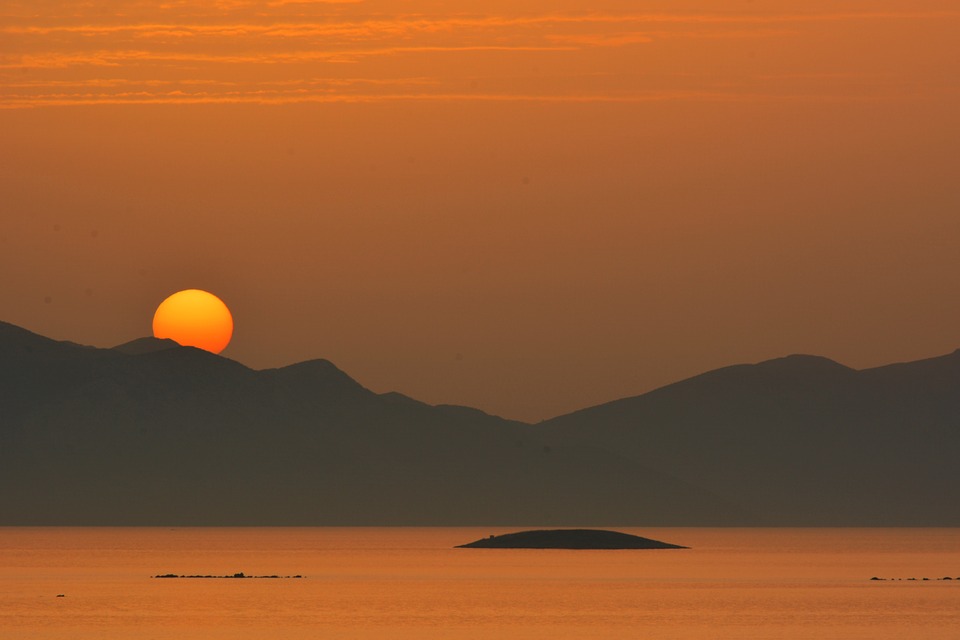 pixabay
pixabay
Turkey is one of the few countries in the Islamic world, where religious and state affairs are not interwoven. The fact is that 90% of Turks are Muslims. But very few people know that the Constitution itself does not recognize any religion as official, nor does it claim one. Constitutionally Turkey is defined as a secular state. There is secularization, which means that the state and religion are separated. Even the holy rest day, which in the Islamic world is considered Friday, has been shifted here to Sunday. Evidence of the separation of religion from government is also the prevalence of alcohol consumption, mostly in the western part of Turkey and in large cities. Unlike most states in the Islamic world, alcohol here is not unusual and forbidden. In addition, there is absolute tolerance towards other religions - today there are 236 churches and 34 synagogues in Turkey. All this, along with the existence of independence between political and religious affairs, has historical reasons. As has already become clear during the Ottoman Empire, there has been a big religious diversity, so since it has been preserved.
In some parts of Turkey, however, we can still find traditional ways of life and patriarchal understandings. In modern Turkey, there is a relative division between big and small towns and villages when it comes to the social roles of man and woman. There are clearly defined and distinct territories for women and men. The woman's space is of a closed type - in the house where she cares for household and family work. Men are the ones who deal with trade and business. Their social space is the café - women do not have access there. In addition, there is a strict hierarchical order among generations - older people always have more power because they have more experience and knowledge.
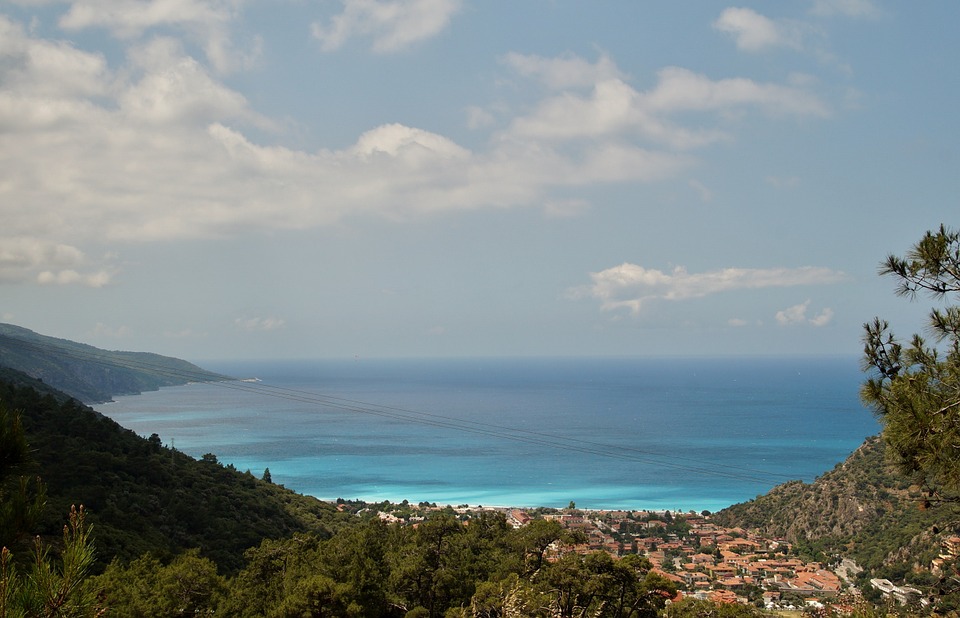 pixabay
pixabay
There are also things that we should know if we enter a mosque.
Before entering a mosque, first turn off your phones. The mosque is a place where man has to break away with all that is profane. You also need to take off your shoes and remove your hat and glasses (if you have any). Women should cover their heads with a scarf or cloth. In general, clothing should be conservative and not very bright. Women’s ankles and shoulders should not be uncovered and men are not allowed to wear shorts. Some mosques also have separate entrances for men and women. Respect the believers and be careful not to offend their feelings - sometimes this may happen involuntarily.
Another important thing that should be ranged over is the confusion by some people of Turks with the Arabs. The Turks are Muslims, but not Arabs. Moreover, Turkish, although there are many Arabic borrowings in it, is from a completely different language family (Turkic) and is significantly different from it. Today in the country very few people speak Arabic.
TURKISH CUISINE:
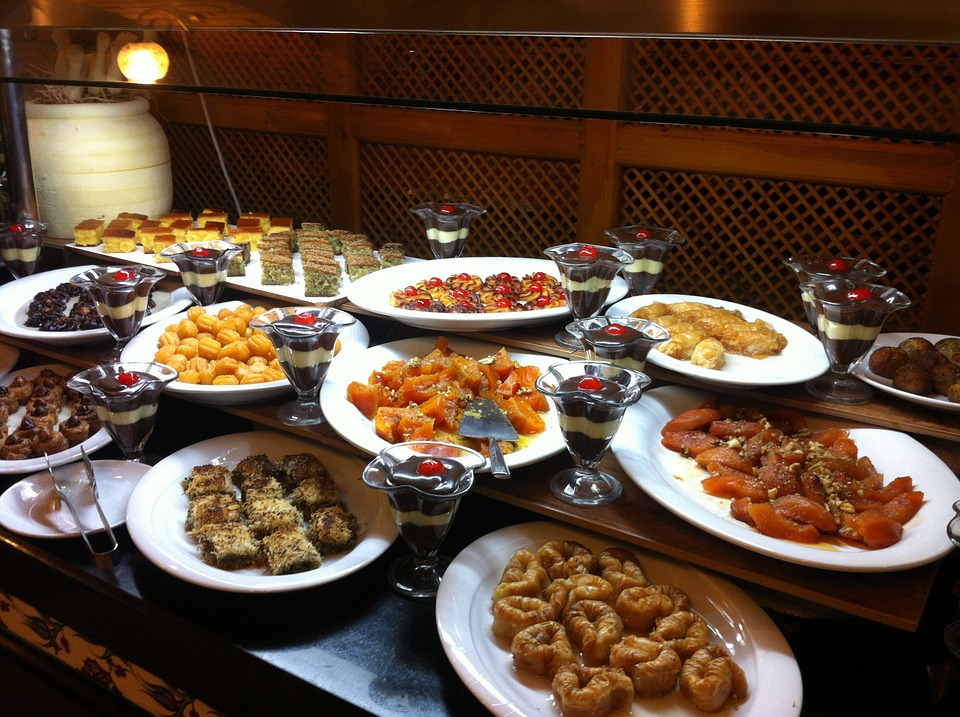 pixabay
pixabay
When you are in the country, do not forget to taste the typical Turkish dishes - a real pleasure for your stomach. Turkish cuisine is one of the best in the world, mainly because of the variety of recipes and ingredients that make it a mix of Arabic, Mediterranean and typical Balkan cuisine. Even food is has turned into a crossroad of influences from Europe, Asia, Middle East and Africa.
WHAT WE CAN’T MISS TO VISIT:
Besides truly amazing, the choice is also difficult ... Where to go first? Here at every step you sink more and more into the remains of antiquity, while the fascinating beaches do not stop tempting you. But do not rush - there is time for everything!
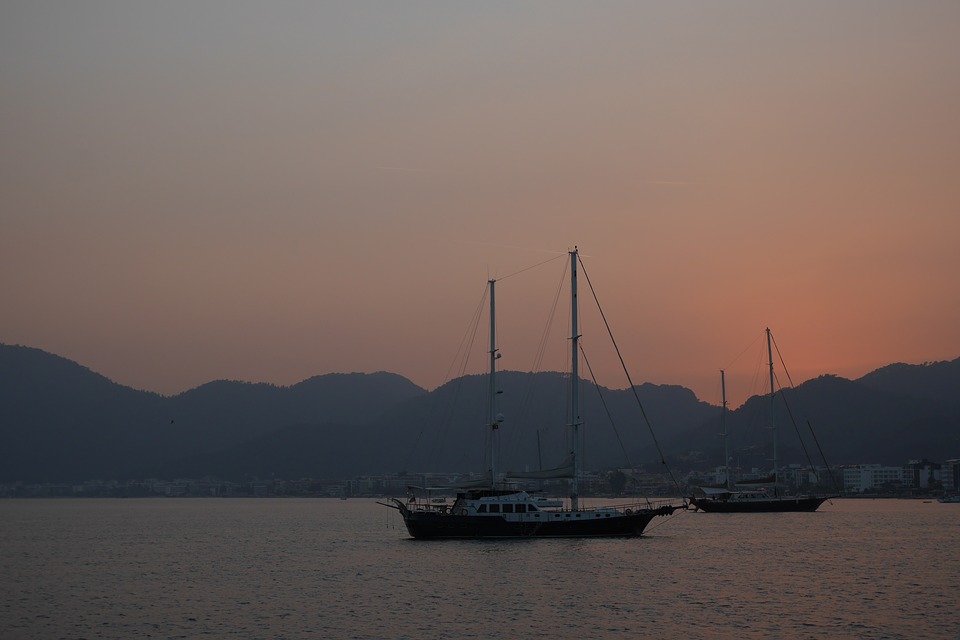 pixabay
pixabay
BEACHES AND SCUBA DIVING:
Here in the Aegean region you can come across some of the best beaches in the world, and except for what has already been given by nature in the forms of turquoise water, clean sand and coastal rock formations, some other offers are being addressed towards us. Various of attractions and water sports are something common here and tourists do not miss out on this opportunity.
In the very city of Bodrum, the beaches are a bit stony, but only a few kilometers away are the beautiful beaches of Gumbet Bay, Torba and Jalakavak. In Marmaris the most famous beaches are Ichmelar and Sedir Adasi (Cleopatra’s Island). The sea here is surrounded on all sides by the mountain and reminds of a beautiful and peaceful lake – with no waves and crystal waters. The blue, yellow and green colors seem to merge harmoniously complete each other into an unforgettable landscape. Both in Bodrum and Marmaris you can rent a yacht or boat from the harbors, indulge in windsurfing, underwater fishing and, of course, diving! Underwater diving is one of the most popular activities among tourists here who want to touch the seabed and reveal its beauties themselves.
THE BODRUM FORTRESS AND THE MUSEUM OF UNDERWATER ARCHEOLOGY:
As already explained above, it was built by the Knight Templar as early as 1402, and dedicated it to St. Peter. But besides it, there you can find the Museum of Underwater Archeology, where you will see many ancient finds taken from the sea floor. There is a whole collection of glass objects, which is one of the four largest in the world. At the end of the harbor there is a large collection of ancient amphorae.
THE ANTIENT THEATER IN BODRUM:
It is located on a hill, near the city, from which Bodrum's beauty is doubly revealed. Built in 330 BC, today it is one of the most preserved constructions of the ancient city Halikarnat. It seats 13,000 people, and is often used for variety of concerts and events.
THE TOMB OF MAUSOLUS:
As we already told you, this is one of the Seven Wonders of the Ancient World - something that you definitely should not miss to see! Though just ruins have survived today, only the idea of its one-time impressive size and grandeur will send cold shivers down your spine. However, it was this tomb that gave all the other mausoleums their names ... Currently, plans are being made to restore its original appearance in Turkey.
THE MINDOS GATE:
Built in the 4th century BC by King Mindos, it was part of the fortress walls of the ancient Halicarnassus and functioned as one of its two main entrances. Today, from the former 7 km, the Gate is all that was left.
Temple of Artemis:
Surprise! Here is another of the Seven Wonders of the Ancient World - the Temple of Artemis in Ephesus, which is only 20 km away from Bodrum. It was the largest temple built in Antiquity. Here's what the Ephesians himself wrote about it: " I have set eyes on the wall of lofty Babylon on which is a road for chariots, and the statue of Zeus by the Alpheus, and the hanging gardens, and the colossus of the Sun, and the huge labour of the high pyramids, and the vast tomb of Mausolus; but when I saw the house of Artemis that mounted to the clouds, those other marvels lost their brilliancy, and I said, "Lo, apart from Olympus, the Sun never looked on aught so grand".
TURKISH BATH IN MARMARIS:
Feel the authenticity of Turkey in its full brilliance in a true Turkish bath (hammam), which is located behind the mosque of the open-air market in Marmaris.
THE CASTLE IN MARMARIS:
The magnificent castle, which offers a spectacular view, was restored by Suleiman the Magnificent in 1522 and today functions as a museum.
THE JENNET ISLAND
Its name literally means "Paradise Island" and that is not coincidental at all... The little island actually turns out to be a peninsula, but it can only be reached by tourist boats. The place is ideal for lovers of beautiful scenery.
SEDIR ISLAND:
The tourist boats departing from Marmaris pass through the island of Sedir, also known as the Cleopatra Island. Its fiery golden sand cannot be found anywhere else in the Mediterranean. There is also a legend about him: he was ordered from Egypt by Mark Antony himself for his honeymoon with Cleopatra. Scientists have proven that this really is just a legend and yet the magic of the sand remains real and makes you believe in this beautiful fairy tale...
NIGHT LIFE:
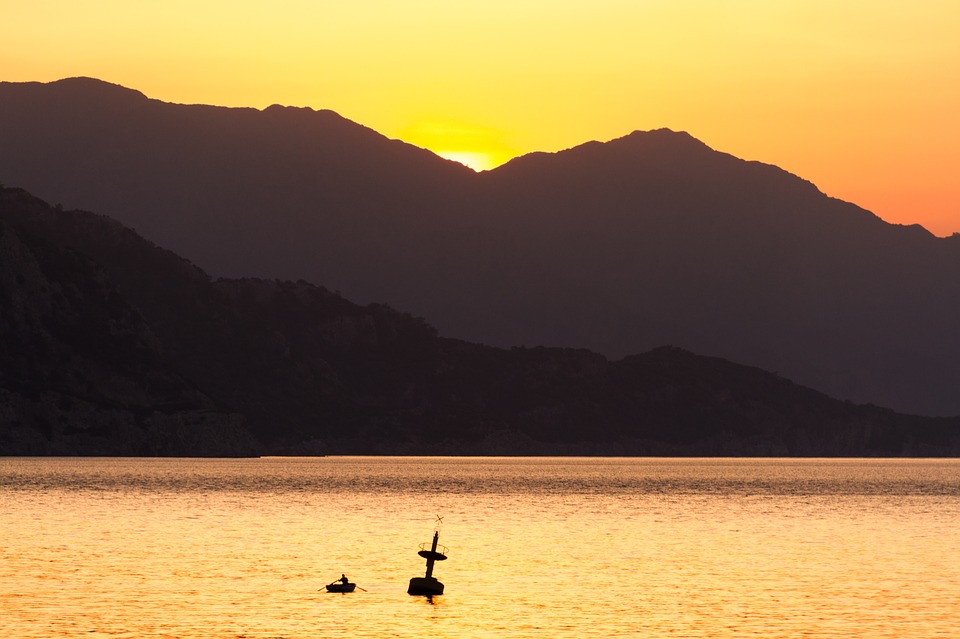 pixabay
pixabay
Bodrum and Marmaris are also known for their incessant nightlife. In Bodrum there is the world's largest open discotheque - Halicarnassus! The coastal streets are full of bars, restaurants, huge clubs with stunning shows where the party has nor beginning nor and end. You can also find a lot of show programs with belly dancers and traditional nargile bars.
But whatever we say about Aegean Turkey, it would not be enough... This is all a very subtle part of what can actually be seen in Bodrum, Marmaris and the surrounding area. But you can find out by yourself. Tighten up your luggage and get ready for an unforgettable trip. Turkey is waiting for you!
IMPORTANT INFORMATION:
CURRENCY: The official currency is the Turkish lira, but prices are mostly written in euro for tourists.
LANGUAGE: Apart from Turkish language in recent years, more and more young people speak English.
WORKING TIME OF SHOPS AND BANKS: Banks in tourist areas are open from 13.30 to 17.00. During the tourist season, most shops and restaurants work throughout the day and until midnight.
Emergency phone: 112
Phone code of Turkey: 0090
Area code: 0252
SUMMER TEMPERATURES: Summer in Aegean Turkey is hot and sunny, and the sea water is warm from May to September. Temperatures in June, July and August are at least 20 degrees, max. 35 degrees, and the water’s temperature reaches 26 degrees.

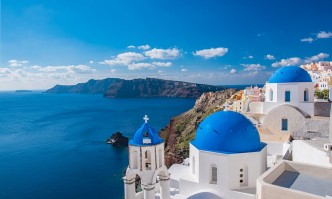
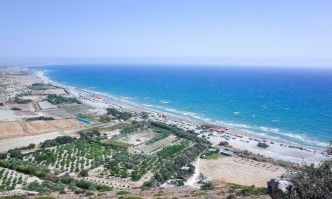
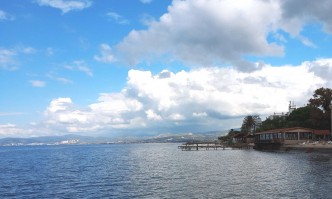
Comments (1)
24.03.2024 17:04 / Reply
Add comment